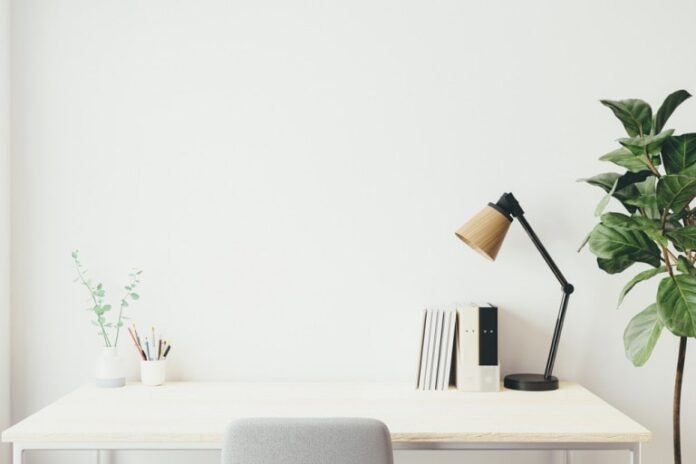Creating a home environment that supports productivity is essential, especially for those who work remotely or pursue creative projects at home. With intentional design choices, it’s possible to set up a space that encourages focus, minimizes distractions, and keeps energy levels high. Here are some practical tips to boost productivity through thoughtful home environment adjustments.
1. Designate a Dedicated Workspace
The first step in creating a productive environment is to carve out a dedicated workspace, even if you don’t have a separate office room. Avoid working from beds or sofas, which can hinder focus and make it harder to mentally separate work from relaxation.
Instead, set up a specific area for work—this could be a corner of the living room or a nook in the kitchen. Adding a desk, ergonomic chair, and storage for work essentials can help establish a functional workspace that signals productivity.
2. Prioritize Natural Light
Exposure to natural light boosts mood, reduces eye strain, and enhances focus, making it a crucial element in a productive home environment. If possible, position your desk near a window to maximize sunlight. When natural light is limited, supplement with full-spectrum or daylight-simulating bulbs to mimic the sun’s effects. Good lighting helps regulate your circadian rhythm, which can improve energy levels throughout the day and reduce feelings of sluggishness.
3. Declutter and Organize for a Clear Mind
An organized space leads to a clear mind, so prioritize keeping your work area tidy and clutter-free. Decluttering not only minimizes distractions but also creates a sense of order, which can enhance mental clarity.
Use storage solutions like shelves, drawers, or baskets to keep supplies neatly tucked away. Desk organizers, trays, or file cabinets can help streamline your workspace, making it easy to find what you need quickly and focus on the tasks at hand without unnecessary distractions.
4. Incorporate Plants for Focus and Calm
Indoor plants aren’t just aesthetically pleasing—they can also improve focus and productivity. Studies show that greenery can reduce stress, increase feelings of calm, and even improve air quality, all of which contribute to a productive environment.
Choose low-maintenance plants like succulents, snake plants, or pothos, which thrive indoors and add a touch of nature to your workspace. Place plants where you can see them, as even a glimpse of greenery has been shown to enhance mood and mental well-being.
5. Control Noise Levels
Noise can be one of the biggest distractions in a home setting. To combat this, consider adding noise-reducing elements like rugs, curtains, and upholstered furniture to absorb sound. If external noise is an issue, noise-canceling headphones or a white noise machine can help create a calm auditory environment. Soothing background sounds, such as instrumental music or nature sounds, can also help mask distractions and keep you focused.
6. Personalize for Motivation
Adding personal touches to your workspace can boost motivation and make your environment feel more inviting. Items like inspiring quotes, family photos, or favorite artwork can uplift your mood and reinforce your commitment to your goals. However, be mindful not to overcrowd the space—keeping personal items to a few well-chosen pieces prevents clutter and keeps the focus on productivity.
7. Use Color to Enhance Focus and Mood
Colors play a psychological role in influencing mood and productivity. Cooler colors like blue and green are known to increase focus and reduce stress, making them ideal for a workspace. Warm colors like yellow can stimulate creativity and energy but may be best used as accent colors rather than dominant hues to avoid overstimulation. Adding color through wall paint, desk accessories, or 5 by 14 rugs allows you to create a visually appealing environment that promotes productivity.
8. Implement a Routine to Signal Work Time
One of the challenges of working from home is the lack of structure. Establishing a daily routine, such as setting specific start and end times or incorporating short breaks, helps create a sense of discipline. A well-structured routine paired with a productive workspace can make it easier to maintain focus and avoid the blurring of work and personal time.
Conclusion
With these adjustments, you can design a home environment that enhances productivity. By prioritizing light, reducing distractions, and incorporating personalized and organized touches, you create a space that is both functional and inspiring, keeping you motivated and focused throughout the day.
